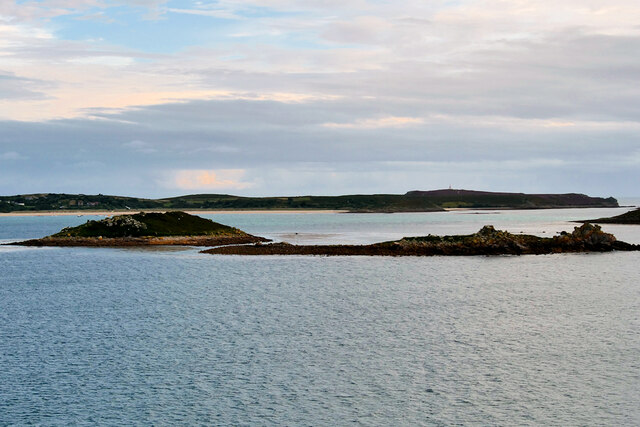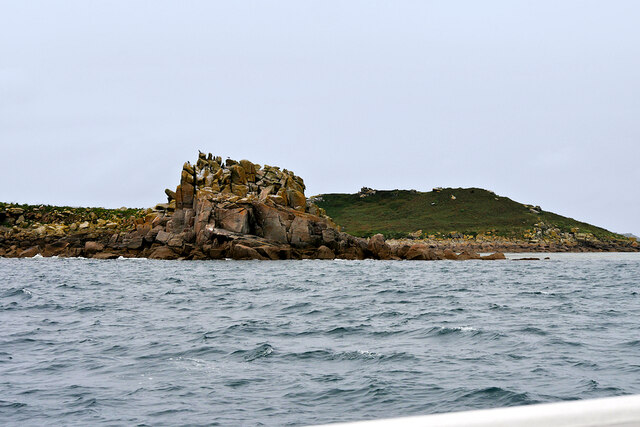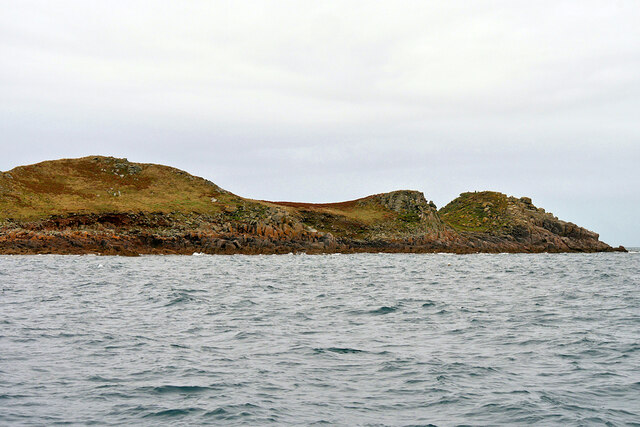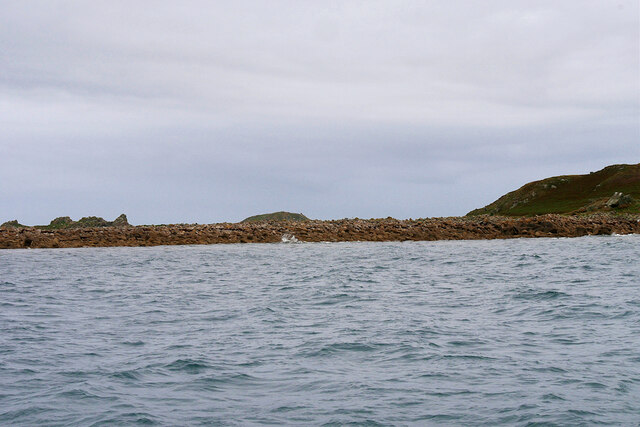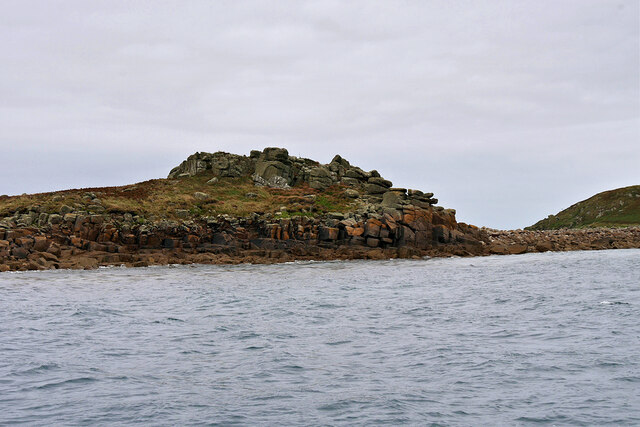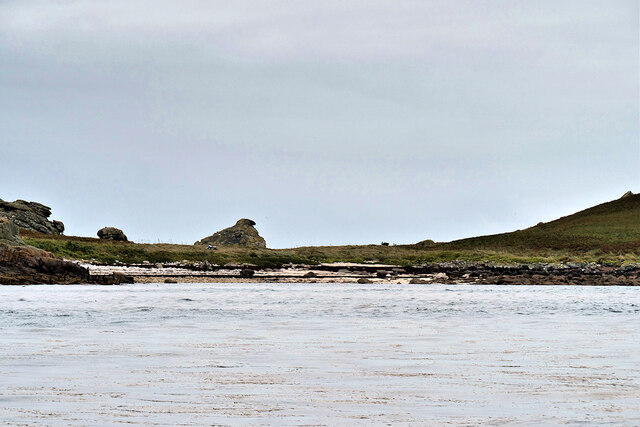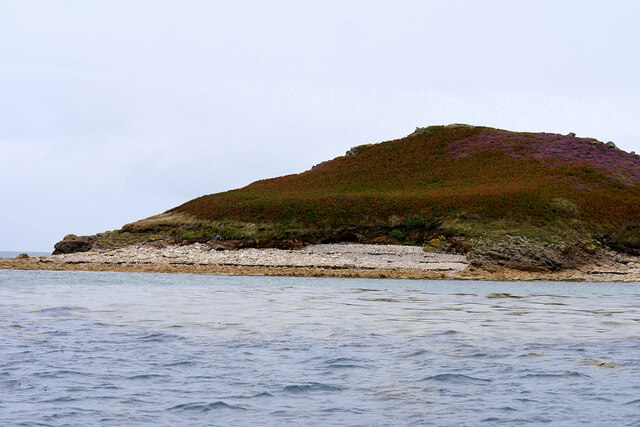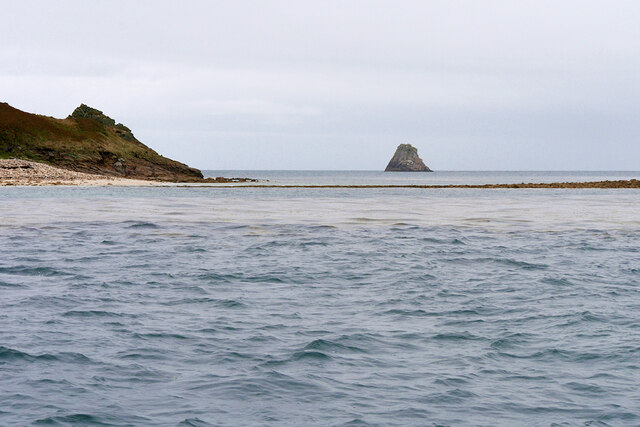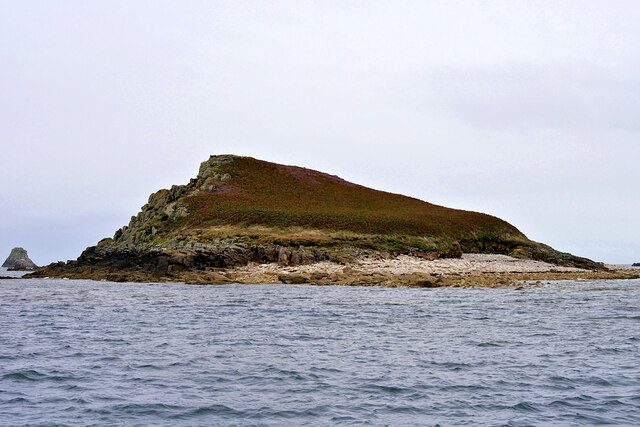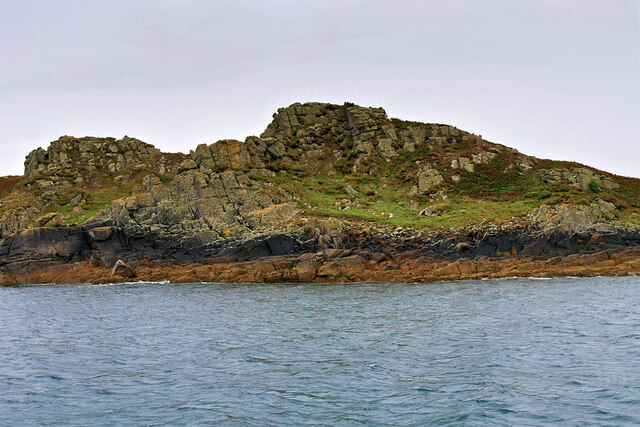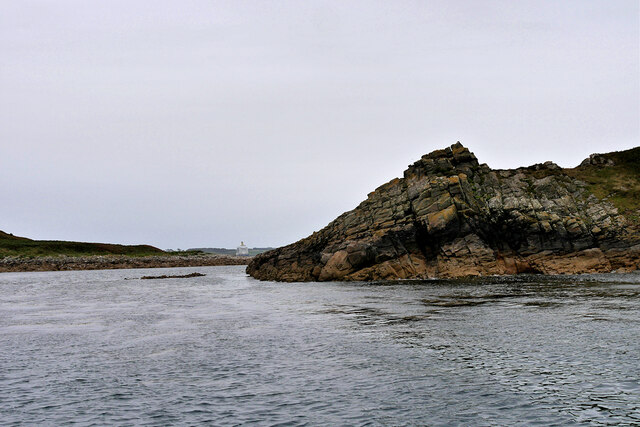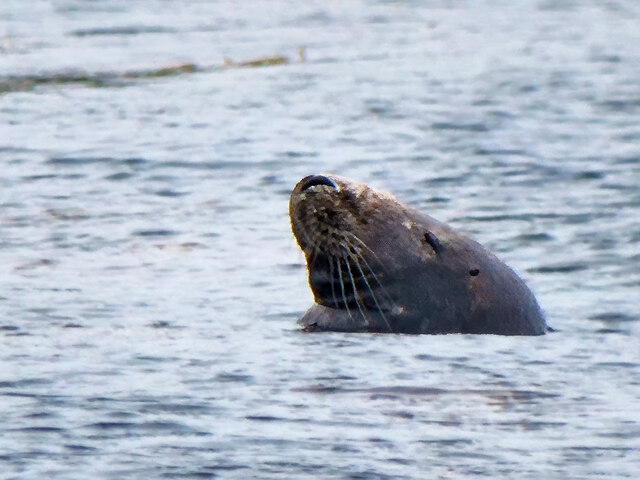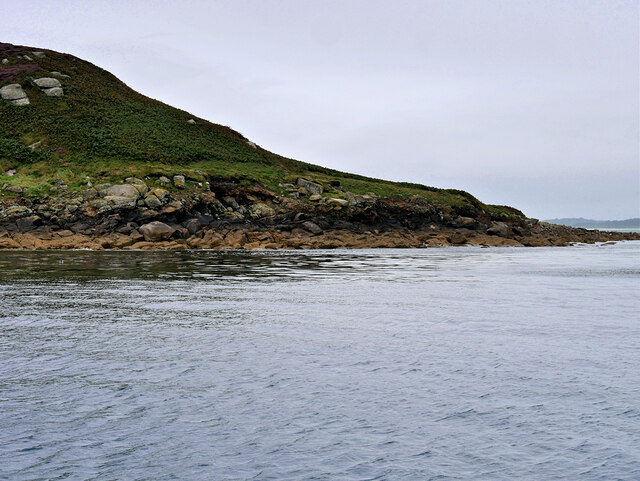Renny
Coastal Feature, Headland, Point in Cornwall
England
Renny
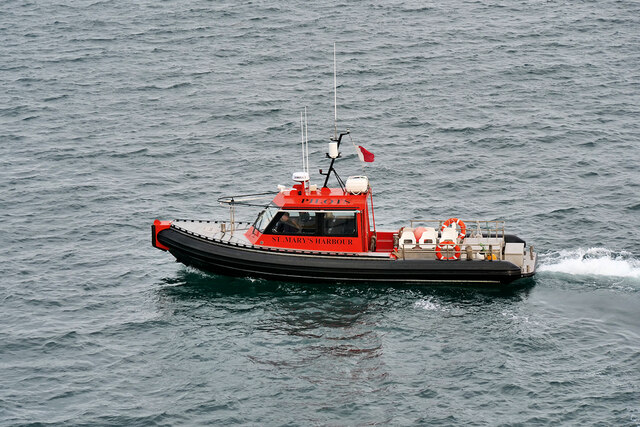
Renny is a small coastal feature located in Cornwall, England. Situated on the south-western coast of the country, it is known for its stunning headland and picturesque views of the Atlantic Ocean. The area is characterized by rugged cliffs, rocky outcrops, and a prominent point that extends into the sea.
The headland at Renny is popular among locals and tourists alike for its natural beauty and recreational opportunities. It offers breathtaking panoramic vistas of the surrounding coastline and is a prime spot for birdwatching, as several species of seabirds can be spotted nesting on the cliffs.
The point at Renny is a prominent geographical feature, jutting out into the ocean and providing a vantage point for visitors to enjoy the crashing waves and dramatic coastal landscape. It is a favorite spot for photographers and nature enthusiasts, who can capture stunning images of the sea and the rugged cliffs.
In addition to its natural beauty, Renny is also known for its rich history. The area has archaeological significance, with evidence of human settlement dating back thousands of years. It is believed that Renny was once a strategic location for ancient communities, providing access to both land and sea resources.
Overall, Renny in Cornwall is a captivating coastal feature, boasting a majestic headland and a striking point that offers breathtaking views of the ocean. Its natural beauty, recreational opportunities, and historical significance make it a must-visit destination for those exploring the stunning coastline of Cornwall.
If you have any feedback on the listing, please let us know in the comments section below.
Renny Images
Images are sourced within 2km of 49.944599/-6.2501834 or Grid Reference SV9513. Thanks to Geograph Open Source API. All images are credited.
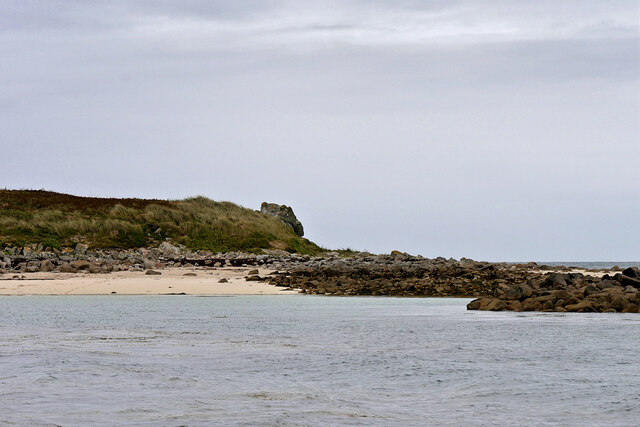
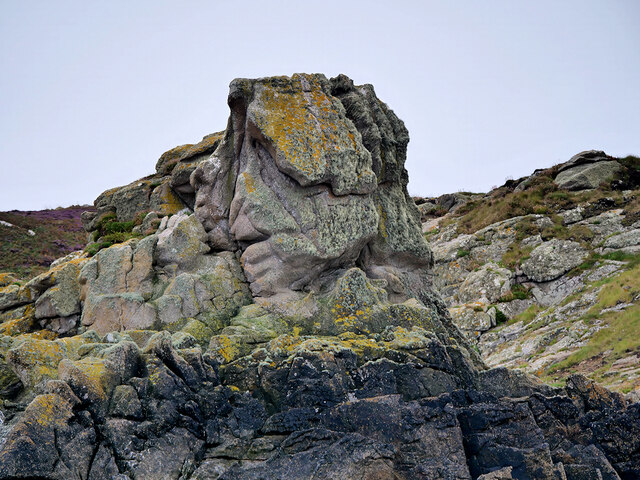
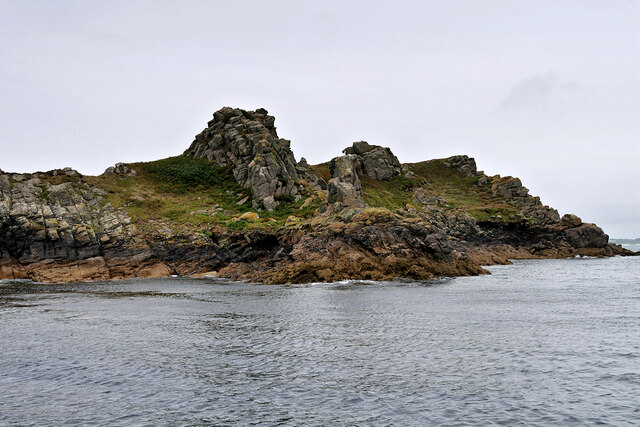
Renny is located at Grid Ref: SV9513 (Lat: 49.944599, Lng: -6.2501834)
Division: Isles of Scilly
Unitary Authority: Isles of Scilly
Police Authority: Devon and Cornwall
What 3 Words
///stow.hiked.owns. Near St Martin's, Isles of Scilly
Nearby Locations
Related Wikis
Great Ganilly
Great Ganilly ( gə-NIL-ee; Cornish: Goonhyli Veur, lit. 'great saltwater downs') is one of the Eastern Isles of the Isles of Scilly. It has a maximum total...
Eastern Isles
The Eastern Isles (Cornish: Enesow Goonhyli, islands of the salt water downs) are a group of twelve small uninhabited islands within the Isles of Scilly...
PS Earl of Arran (1860)
PS Earl of Arran was a passenger vessel operated by the Ardrossan Steamboat Company from 1860 to 1871 and the West Cornwall Steam Ship Company from 1871...
Wheel Wreck
The Wheel Wreck is the remains of a shipwreck lying in Crow sound off Little Ganinick in the Isles of Scilly. The wreck site consists of a discrete mound...
Have you been to Renny?
Leave your review of Renny below (or comments, questions and feedback).
